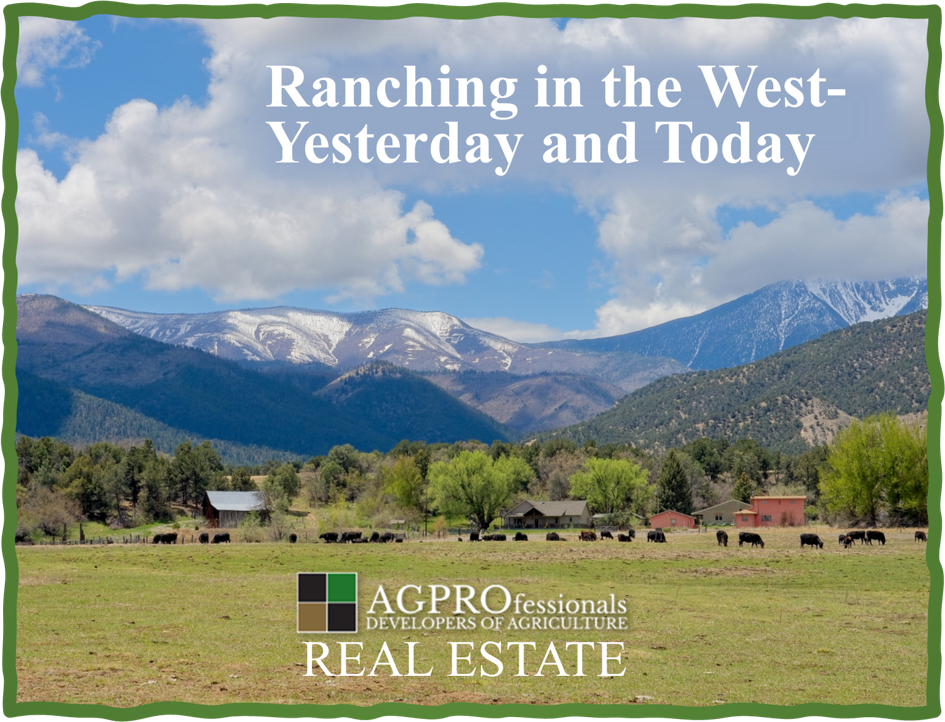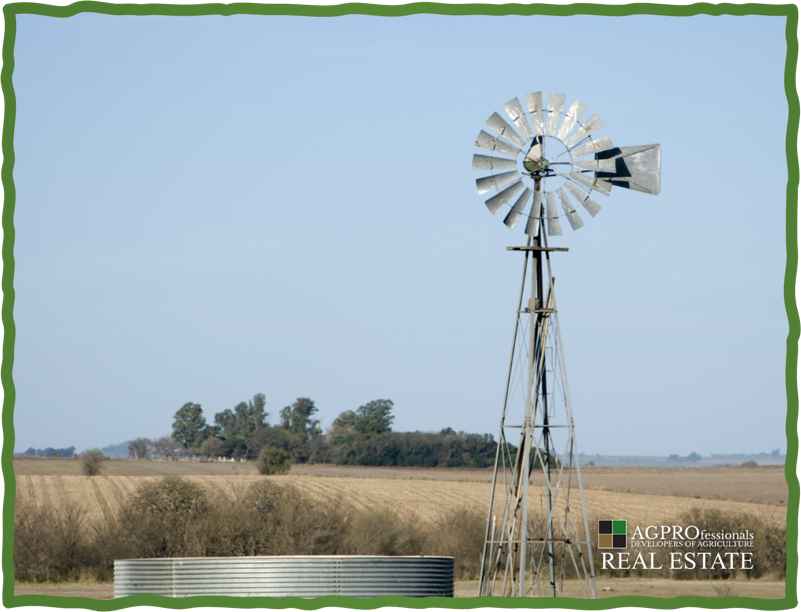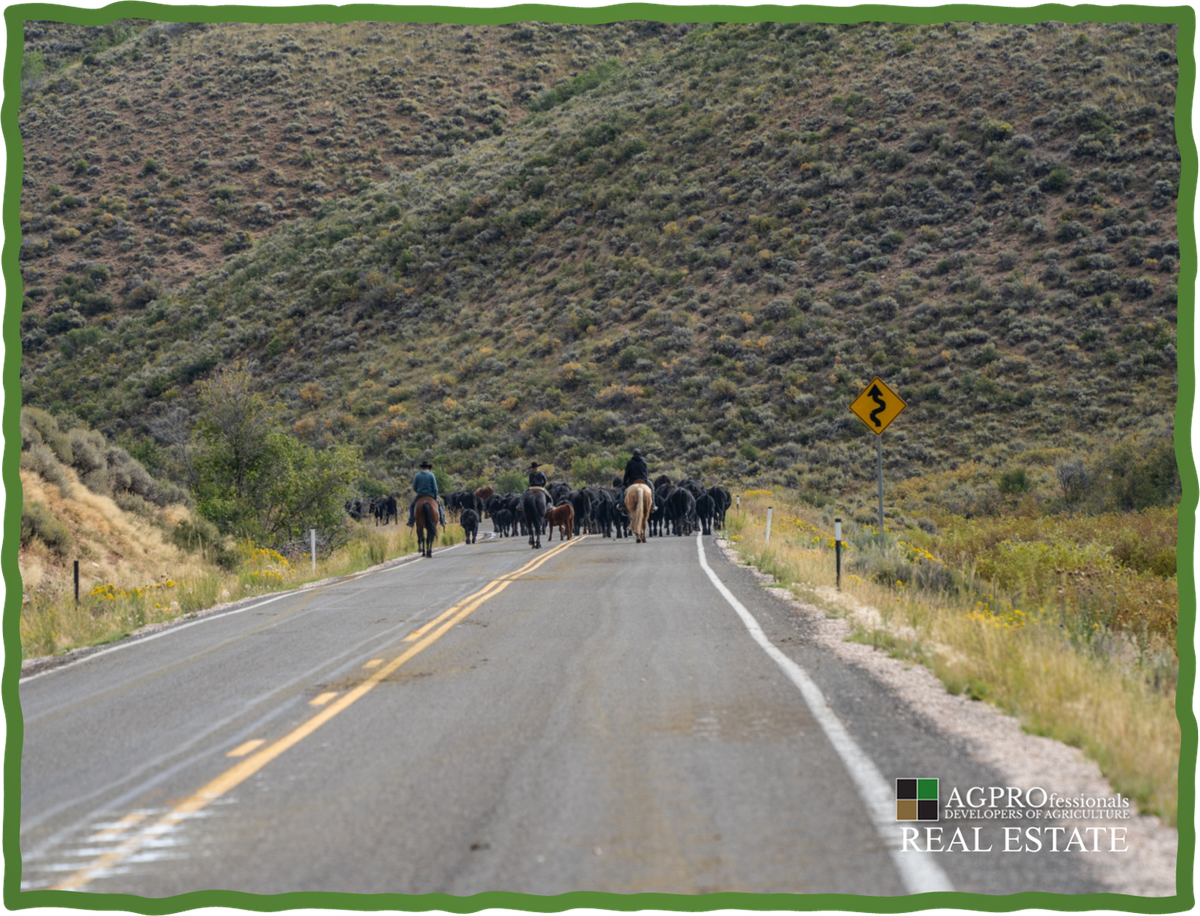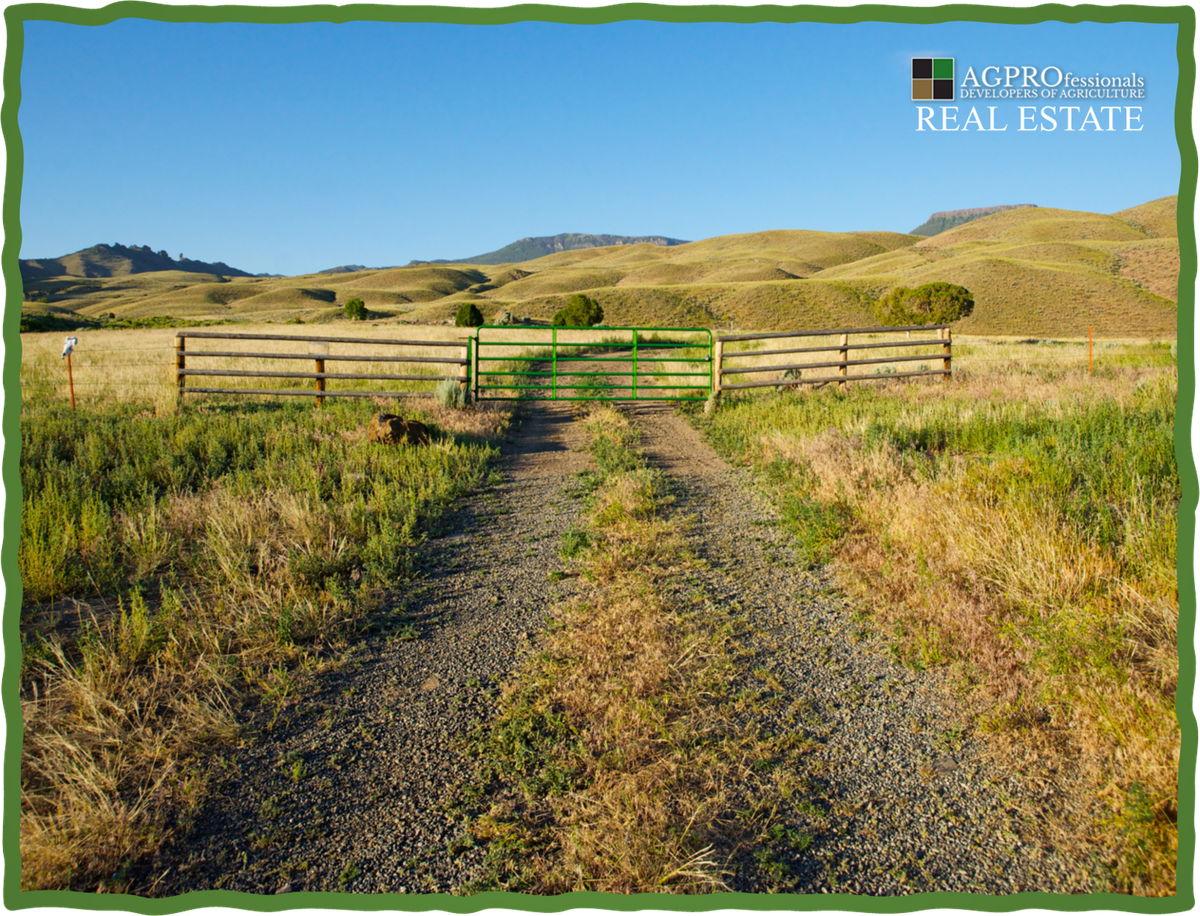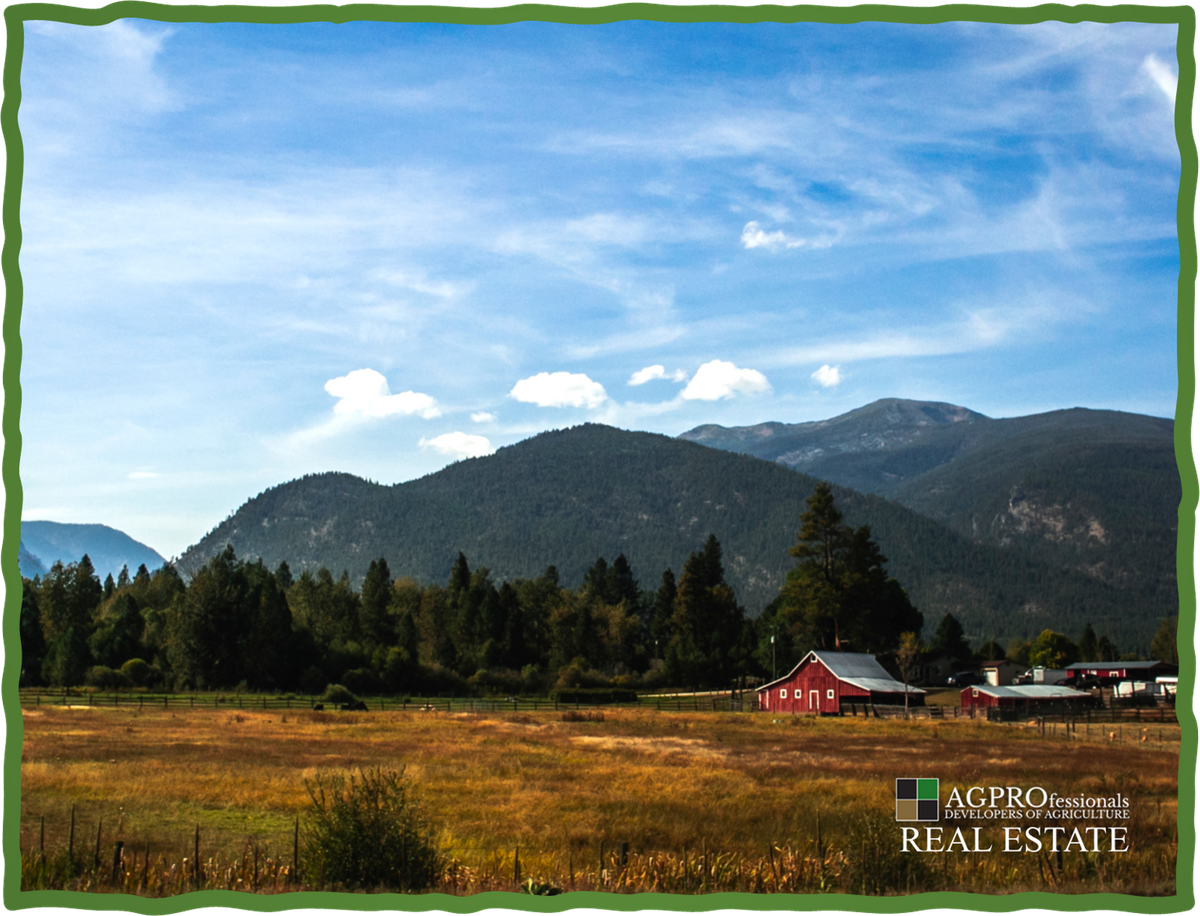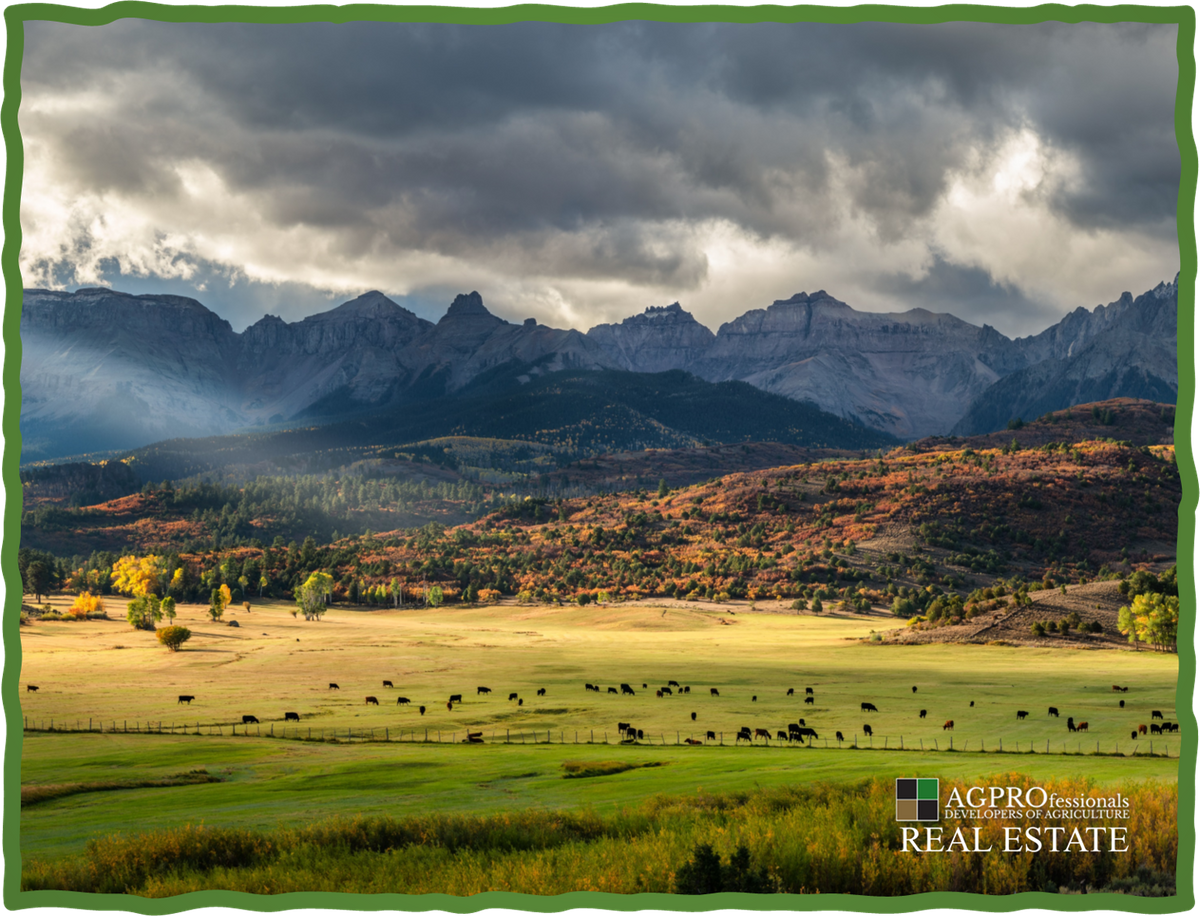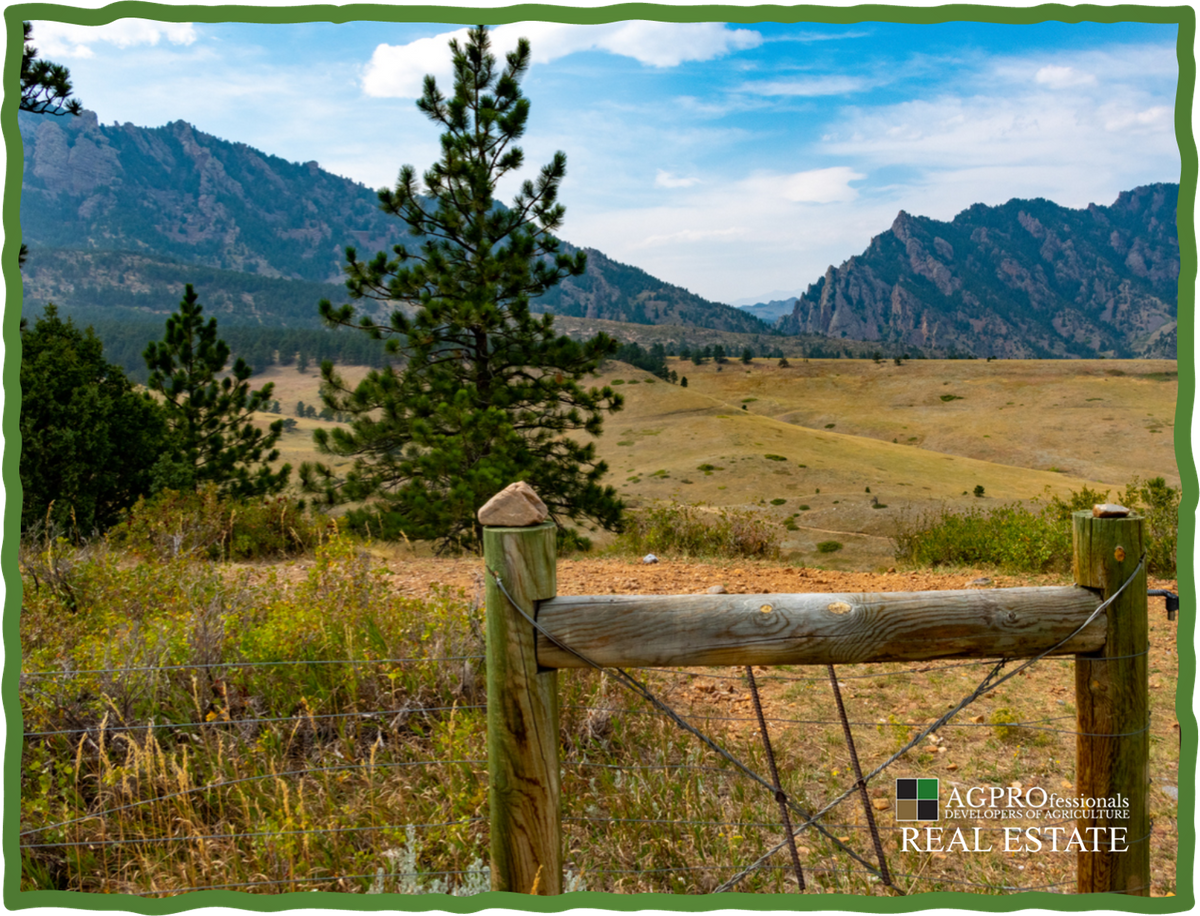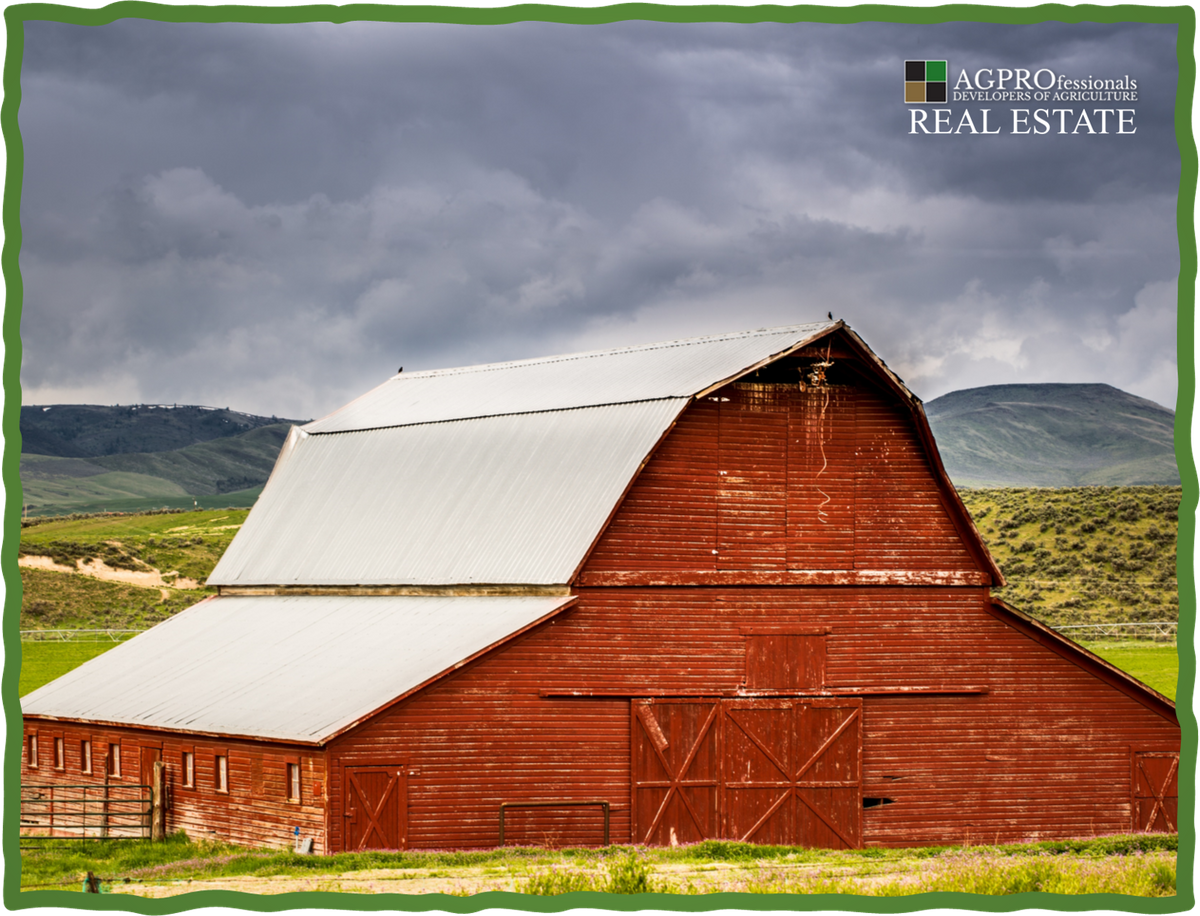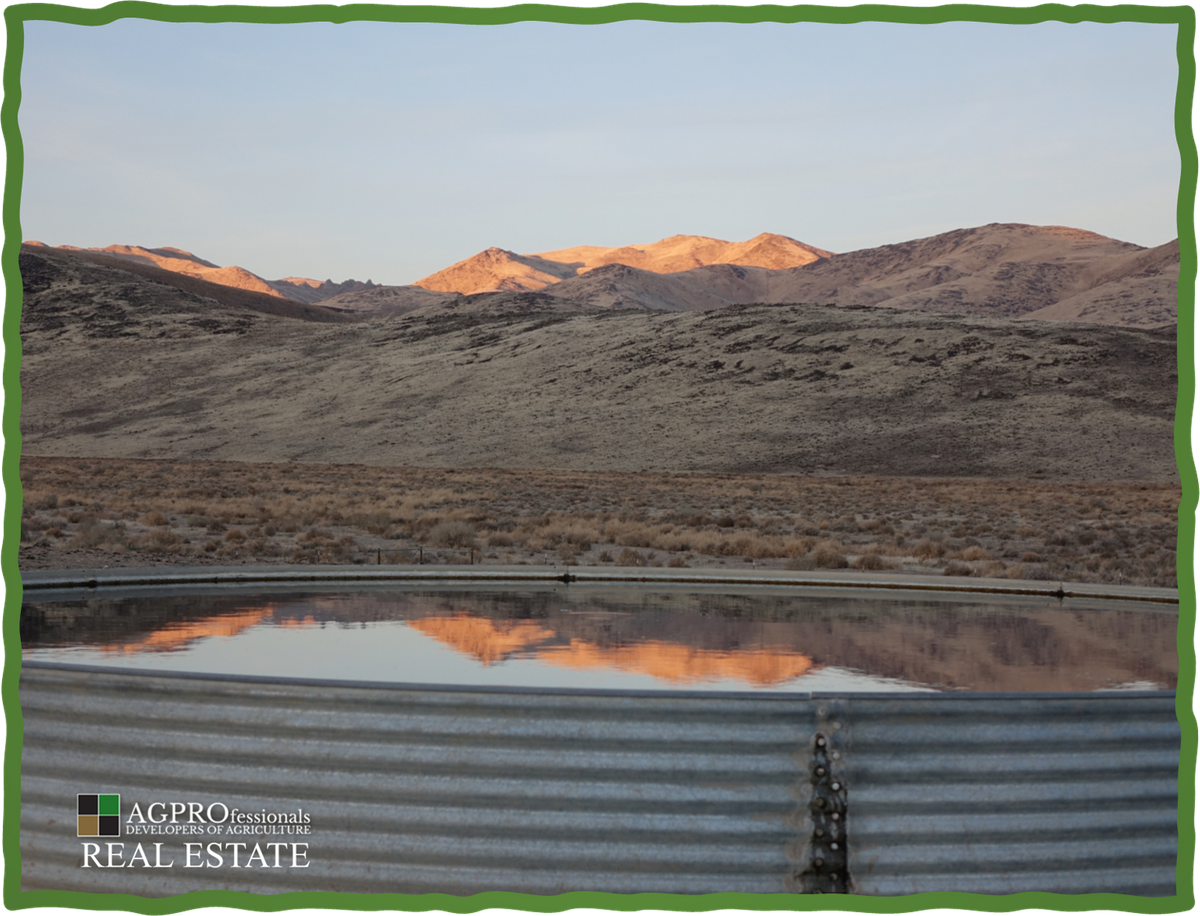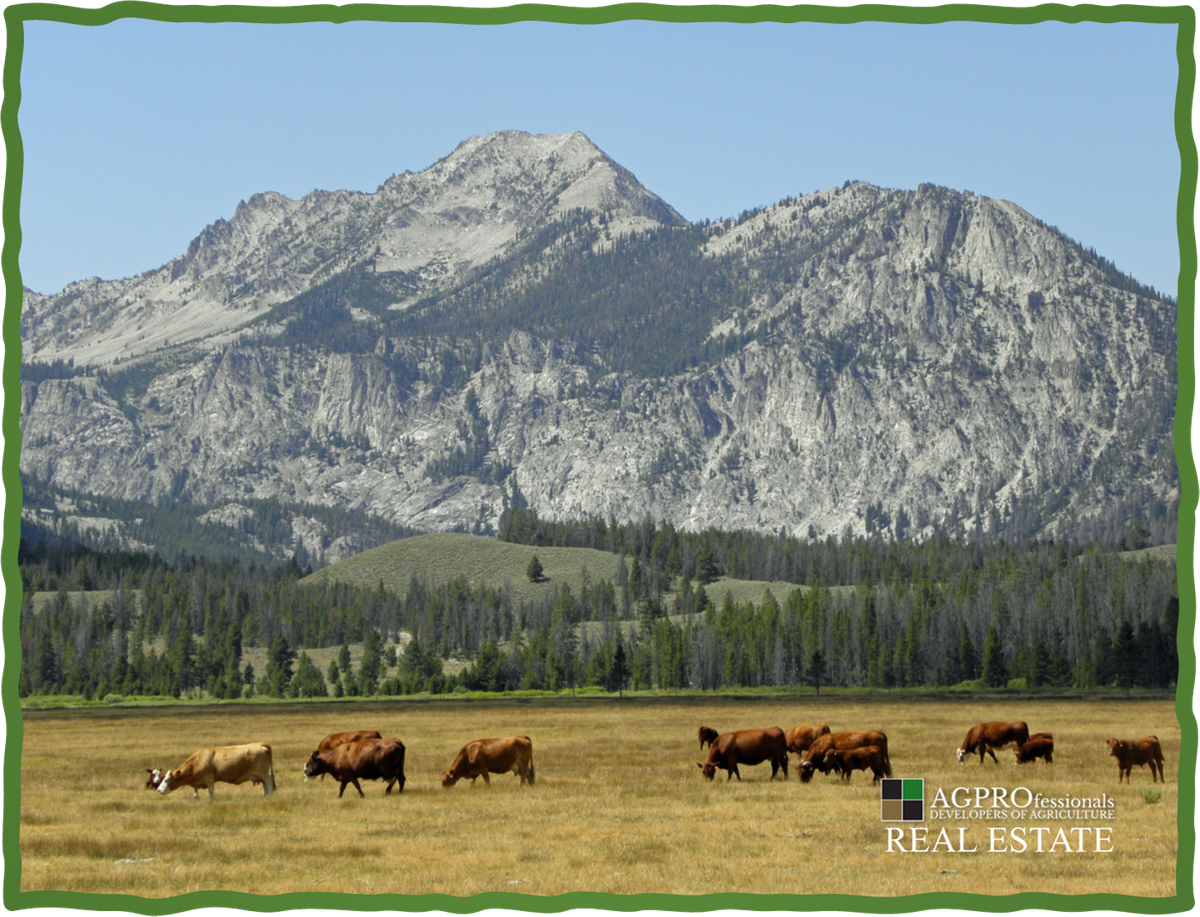Ranching in the West - Yesterday and Today
Learning about grazing and water rights on federally managed public lands is essential to understanding some key factors impacting livestock production and the purchase of ranch land in the West. This is particularly essential information if you are considering a property with grazing and water rights as additional assets.
In the early days of the American West, land was settled through various government acts. Along with settlement, the land's natural resources, like grass, water, and minerals, were claimed. Over time, those same rights were sold or passed down through the generations, and the rights remain in place to this day.
Split Estates
These claimed resources are not “public” even though the Federal Government administers them. Instead, they are considered a “split estate.” Split estates were proposed by President Theodore Roosevelt. Split estates occur when separate parties own the rights to the land above ground and minerals rights below the ground.
Acts To Settle the West
Throughout the 1800s and 1900s, several key acts were passed to promote the settlement and well-being of the American West, and many are still in effect. Without these acts, the West would not be what it is today.
Homestead Act of 1862
The Homestead Act, signed into law by President Abraham Lincoln, offered 160 acres to people who would settle the land. To get the land, settlers would have to build a home and farm the land for five years. After six months, they would be given the option to purchase the allotment for $1.25 per acre. If the land was abandoned before the 5-year period ended, it went back to the government and the cycle repeated. By 1900, 80 million acres had been settled and claimed.
Mining Act of 1866
Shortly after the Homestead Act was signed into place offering land to settlers, the Mining Act solidified ranchers’ water and land usage rights to their land. The Act directly states, “Rights to the use of water for mining, agricultural, manufacturing, or other purposes…shall be maintained and protected.”
The Act protects the right to convey water to where it is most useful to farmers and ranchers through ditches, canals, and other man-made sources of water, directly stating, “homesteads allowed shall be subject to any vested and accrued water rights, or rights to ditches and reservoirs used in connection with such water rights.”
Desert Land Act of 1877
After the Homestead Act was in place for over a decade, it became clear that 160 acres was not enough for ranchers in arid western states. Arid states include Washington, Oregon, California, Idaho, Montana, Wyoming, Colorado, Utah, Nevada, New Mexico, and Arizona. The Desert Land Act amended the Homestead Act and offered 640 acres of land to settlers in arid states. Specifically targeting those settling in Wyoming and Nevada.
Stock-Raising Homestead Act of 1916
The Stock-Raising Homestead Act offered 640 acres of land deemed to have no value other than to graze livestock to ranchers. Following the Split Estate protocol, the government kept mineral rights to the allotted land. The issue that arose from the Stock-Raising Homestead Act was ranchers often found the 640 acres to not be enough land. Undesignated government land would then be used for additional livestock grazing, leading to turf wars among ranchers.
Taylor Grazing Act of 1934
The Taylor Grazing Act was introduced by Colorado representative Edward T. Taylor in 1934 to create grazing districts. According to the US Department of the Interior website, the Taylor Grazing Act authorized settlers, residents, and other stock owners to be issued grazing permits for up to a 10-year period, and “ those within or near a district who are landowners engaged in the livestock business, bona fide settlers, or owners of water or water rights have first priority to receive a permit.”
The US Department of the Interior’s 1955 booklet states, “The Taylor Grazing Act of June 28, 1934, as amended and supplemented, is the basic legislative authority governing the management and protection of the vacant public lands of the United States. Because of the broad powers it confers upon the Department of the Interior for the multiple-use management of natural resources, it is one of the major conservation laws of the Nation.”
Multiple Use Yield Sustained Act (MUYSA) of 1960 & Federal Land Policy and Management Act (FLPMA) of 1976
Both MUYSA and FLPMA reinforced the multiple-use mandate for federally managed lands, including recreational or commercial. This step to reinforce multiple use ensures that all Americans have a place in the West through the Bureau of Land Management (BLM).

